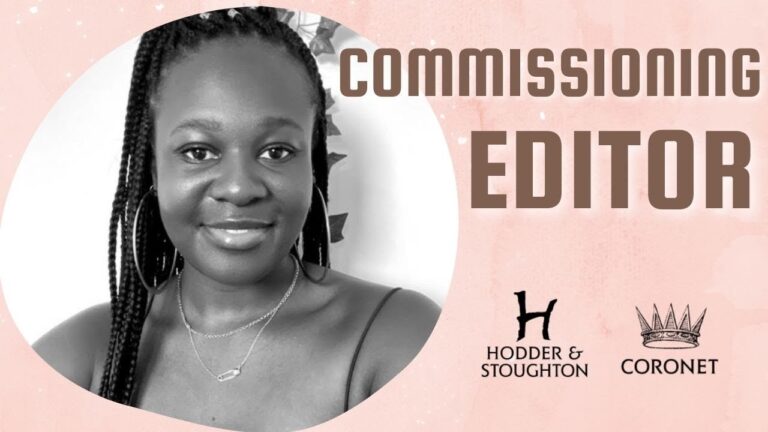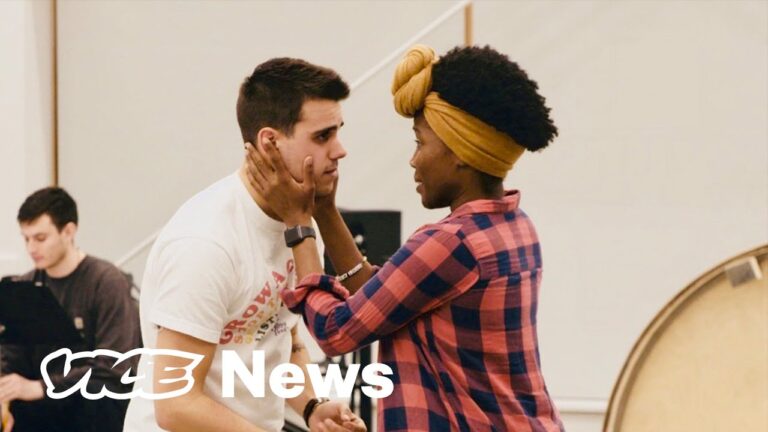Unleash Your Creative Potential: Chief Creative Officer Job Description & Salary

Chief Creative Officer Job Description Template
Chief Creative Officer Job Description The Chief Creative Officer (CCO) is a key executive role in an organization responsible for driving and overseeing the creative direction and strategy of a company. This role is crucial in developing and maintaining the brand identity and ensuring consistency across all marketing and communication channels. Responsibilities: – Leading and managing a team of creative professionals, including designers, writers, and artists, to deliver high-quality and innovative creative work. – Developing and implementing the overall creative vision and strategy for the company, aligning it with the brand identity and business goals. – Collaborating with other executives, such as the Chief Marketing Officer and Chief Executive Officer, to ensure that the creative direction supports the overall marketing and business objectives. – Managing the creative budget and resources effectively to optimize the return on investment. – Conducting market research and staying up-to-date with industry trends to identify new opportunities and drive innovation. – Reviewing and providing feedback on creative work to ensure it meets the company’s standards and objectives. – Building and maintaining relationships with external partners, such as agencies and freelancers, to leverage their expertise and support the creative process. Qualifications: – Proven experience in a senior creative role, with a strong portfolio showcasing successful creative campaigns and projects. – In-depth knowledge of design principles, brand development, and marketing strategies. – Strong leadership and management skills, with the ability to inspire and motivate a creative team. – Excellent communication and presentation skills to effectively articulate creative concepts and strategies to stakeholders. – Strong business acumen and understanding of market dynamics. – Ability to work in a fast-paced and dynamic environment, managing multiple projects and deadlines. As the CCO plays a critical role in shaping the company’s creative direction, it is essential for them to possess a combination of creative expertise, strategic thinking, and strong leadership skills.Chief Creative Officer Responsibilities
Chief Creative Officer Requirements
How Much Does A Chief Creative Officer Make?
Chief Creative Officer Salary
| Company | Salary Range (per year) |
|---|---|
| Company A | $150,000 – $200,000 |
| Company B | $120,000 – $180,000 |
| Company C | $130,000 – $190,000 |
| Company D | $140,000 – $210,000 |
| Company E | $160,000 – $220,000 |
In today’s competitive business landscape, the role of Chief Creative Officer (CCO) is critical in driving innovation and shaping a company’s brand image. As a CCO, one can expect to receive a competitive salary package. The table above provides an overview of the salary ranges offered by different companies for this position.
It is important to note that the salary range can vary depending on factors such as company size, industry, location, and individual qualifications and experience. Companies that place a strong emphasis on creativity and design are more likely to offer higher salaries to attract top talent for the CCO role.
As the CCO is responsible for leading creative teams, developing and executing strategic design initiatives, and managing brand identity, their expertise and leadership skills are highly valued. The salary range provided in the table should serve as a general guideline, but it is recommended for individuals to research specific companies and negotiate based on their qualifications.
Overall, being a Chief Creative Officer can be a rewarding career path both in terms of professional growth and financial compensation.
Chief Creative Officer Salaries by Country
Top Paying Countries for Chief Creative Officer
| Country | Average Salary (USD) |
|---|---|
| United States | $150,000 |
| Switzerland | $140,000 |
| Australia | $130,000 |
| United Kingdom | $120,000 |
| Germany | $110,000 |
A Chief Creative Officer (CCO) is an executive-level position responsible for overseeing the creative direction and strategy of a company. The salary of a CCO can vary significantly depending on various factors, including the country in which they work. According to recent data, the top paying countries for Chief Creative Officers are the United States, Switzerland, Australia, United Kingdom, and Germany.
A video on the topic Chief Creative Officer
Video Source : Future London AcademyInterview Questions for Chief Creative Officer
1. Can you tell us about your background and experience in the creative field?
As Chief Creative Officer, I have over 15 years of experience in the creative industry. I have a degree in graphic design and have worked for various design agencies, managing creative projects for major brands. I have also led creative teams and implemented successful marketing campaigns.
2. What is your approach to fostering creativity within a team?
I believe in creating a collaborative and supportive environment where team members feel empowered to express their ideas. I encourage brainstorming sessions, provide constructive feedback, and promote a culture of continuous learning and experimentation. I also ensure that the team has access to the necessary resources and tools to fuel their creativity.
3. How do you stay updated with the latest trends and technologies in the creative field?
I am an avid learner and constantly seek opportunities to expand my knowledge. I regularly attend industry conferences, workshops, and webinars. I also follow creative blogs, subscribe to design magazines, and engage in online communities to stay informed about emerging trends and technologies.
4. Can you provide an example of a challenging creative project you have worked on and how you overcame the obstacles?
One challenging project I worked on was creating a brand identity for a startup with a limited budget. To overcome this obstacle, I focused on leveraging cost-effective digital marketing strategies and utilizing in-house talent. I also collaborated with freelancers and negotiated favorable rates. The result was a successful brand launch that exceeded the client’s expectations.
5. How do you ensure that the creative vision aligns with the company’s goals and objectives?
I believe in aligning the creative vision with the company’s goals and objectives from the outset. I ensure open communication with key stakeholders, such as the CEO and marketing team, to understand their expectations and requirements. By involving them in the creative process and seeking their feedback at each stage, I can ensure that the final creative output is in line with the company’s strategic direction.
6. How do you handle creative differences or conflicts within a team?
I approach creative differences or conflicts within a team with a solution-oriented mindset. I encourage open and honest discussions to understand each team member’s perspective. I facilitate collaboration and compromise, focusing on finding common ground that aligns with the project’s objectives. In cases where conflicts persist, I act as a mediator and provide guidance to reach a resolution.
7. How do you measure the success of a creative project?
Measuring the success of a creative project involves a combination of qualitative and quantitative metrics. I track key performance indicators such as audience engagement, brand recognition, and conversion rates. I also seek feedback from clients, stakeholders, and the target audience to evaluate the impact and effectiveness of the project. Continuous monitoring and analysis help identify areas for improvement and inform future creative strategies.
8. How do you inspire and motivate your creative team to consistently deliver high-quality work?
I believe in recognizing and celebrating the achievements and milestones of the team. I provide regular feedback, acknowledging their efforts and highlighting their strengths. I encourage professional development by supporting training opportunities and career advancement. I also foster a positive and inclusive work environment that encourages creativity, collaboration, and innovation.
9. How do you handle tight deadlines and manage multiple projects simultaneously?
I am well-versed in managing tight deadlines and juggling multiple projects. I prioritize tasks and create detailed project plans with clear timelines. I delegate responsibilities effectively, ensuring that each team member understands their role and the project’s objectives. I also communicate openly with clients and stakeholders, managing their expectations and providing regular updates on project progress.
10. How do you ensure that the creative team remains inspired and motivated in the long run?
To ensure that the creative team remains inspired and motivated in the long run, I encourage a culture of continuous learning and personal growth. I organize team-building activities, workshops, and creative excursions to spark new ideas and foster a sense of camaraderie. I also provide opportunities for the team to work on diverse and challenging projects that allow them to showcase their skills and creativity. Regular recognition and rewards for exceptional performance further fuel their motivation.
The Best Universities For The Chief Creative Officer Profession.
Frequently asked questions about Chief Creative Officer
What is a Chief Creative Officer?
What are the qualifications for a Chief Creative Officer?
What are the responsibilities of a Chief Creative Officer?
- Developing and implementing the company’s overall creative strategy
- Leading and managing the creative team, including designers, writers, and artists
- Collaborating with other departments to align creative efforts with business goals
- Overseeing the development of marketing campaigns, product designs, and brand messaging
- Ensuring consistency and quality in all creative outputs
- Staying updated on industry trends and incorporating innovative ideas into the company’s creative processes
- Representing the company’s creative vision and brand identity to internal and external stakeholders
- Evaluating the effectiveness of creative initiatives and making adjustments as needed
- Inspiring and mentoring creative team members to foster a culture of innovation and excellence.






